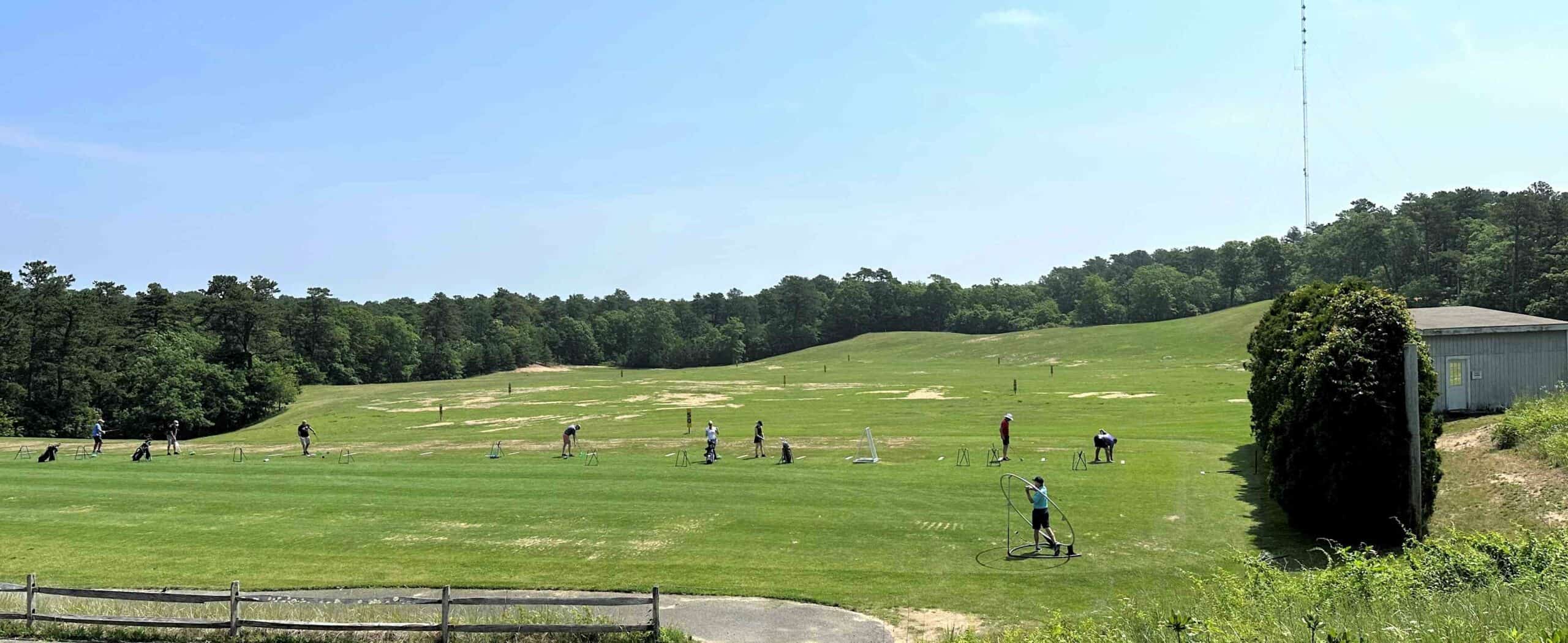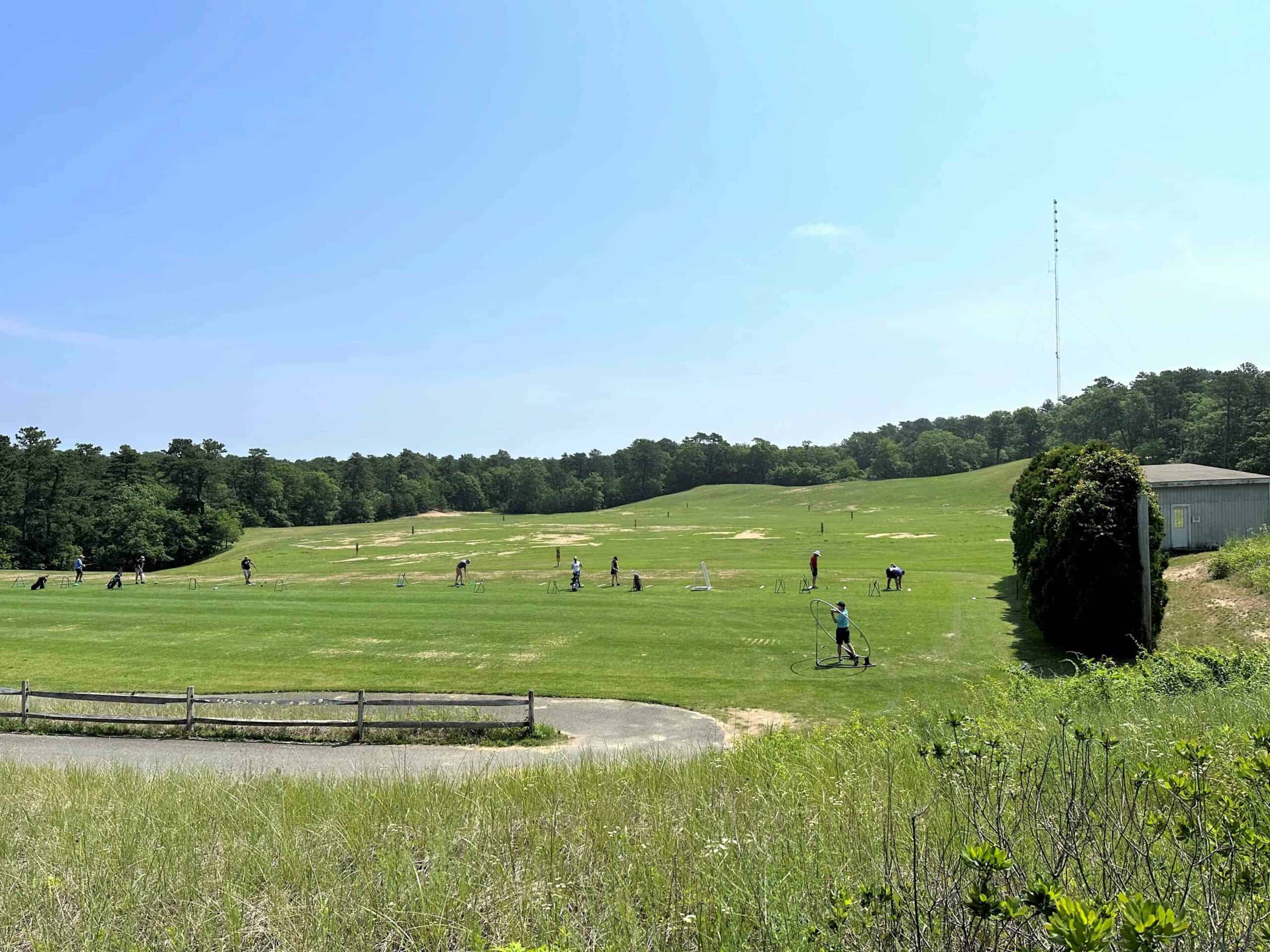What is your practice routine when you go to the range? Do you even have a routine or do you simply pull out your driver and start pounding golf balls? Unlike the pros, who have a strategy and purpose with every ball they hit even while practicing, many amateurs have little thought about what they are doing at the range. At best, they are just getting loose; at worst, they are mindlessly hitting ball after ball until the bucket is empty.
In order to make progress and improve, you should have a game plan when you head to the range. Here are a few tips to help you develop a routine.
- Plan Your Session
Why are you at the range? What do you need to work on? Has your wedge game been letting you down? Do you get nervous every time you need to hit a mid-iron? Are you hitting every shot to the right? Before hitting a single ball, determine your weaknesses and develop your practice session around them.
- Have a Set Structure
Let’s say you’re hitting 60 balls. Use the first five or 10 to warm up, with no concern about how well you’re hitting the shots. Use the next 20 to work on those aspects that need improvement. Use the next 20 to create a challenge that will apply pressure to each shot. Finally, use the final 10 to cool down, hitting easy wedges. Always try to end on a positive note with a smooth wedge onto a green.
- Start Slow
Begin with your pitching wedge and take half swings to get loose. Pick a target about 50 yards away and try to hit it. Next, switch to a mid-iron and swing 75 percent for a handful of shots before transitioning to a full swing.
- Work Through Your Bag
Begin with your highest lofted club and attempt to hit shots 30 to 50 yards away within a small circle. Once you accomplish this five times, move on to an 8- or 9-iron, and find a target further away. Work through your irons in descending order before moving to your fairway woods, hybrids and, lastly, your driver.
- Hit a Variety of Shots
Don’t spend half the bucket hitting stock 7-irons; practice hitting shots with a different trajectory. Hit high shots, low shots, fades and draws. You might even imagine you’re in trouble, behind a tree, and you have to hit an escape shot. Now is the time to work on that.
- Fine-Tune Your Distance Control
Too many amateurs don’t have a clear idea of how far they hit each club, which is why many often come up short of the green. At the range, you can work on developing a sense and feel for distance with each club. Is your 8-iron flying 120 or 130 yards? Pick some targets and you’ll find out.
- Always Aim at Something
Don’t look at the wide expanse of the range and just try to hit the ball straight. Always have a target in mind. If possible, use alignment sticks to make certain you are properly positioned. And never forget about your setup. If your feet are not in the correct position, your weight is not properly balanced or your spine angle is off, it will be impossible to consistently hit solid golf shots.
- Create Challenges
You want to resemble what it feels like on the golf course, which means you want to apply pressure to yourself that will serve you well when it counts. Most driving ranges have a variety of targets spread out from left to right; tell yourself you have one ball to hit each target and award yourself one point for each successful shot. Make it your goal to hit 50 percent of the targets.
Another challenge is to envision a hole in your mind and imagine you’re playing it. Let’s say you envision a 400-yard par 4 with water down the left side. Hit your driver with that in mind. Based on how well you did, take the appropriate club for your second shot and play the approach as you would if you were on the real hole. Perhaps the green is guarded left and front by bunkers, so you need to aim right and hit a fade or draw, depending on if you’re a right- or left-handed player. Do this with a variety of holes you’ll face on the course and see how many imaginary fairways and greens you hit. This game will make every shot matter and help you learn to deal with pressure.
These tips will help you properly warm up so that you can avoid injury, teach you to have a clear plan for your practice session, make certain the basic elements of the golf swing are in place, such as balance and alignment, and incorporate a dose of pressure into the session. All these things can only lead to improvement when you truly tee it up.


